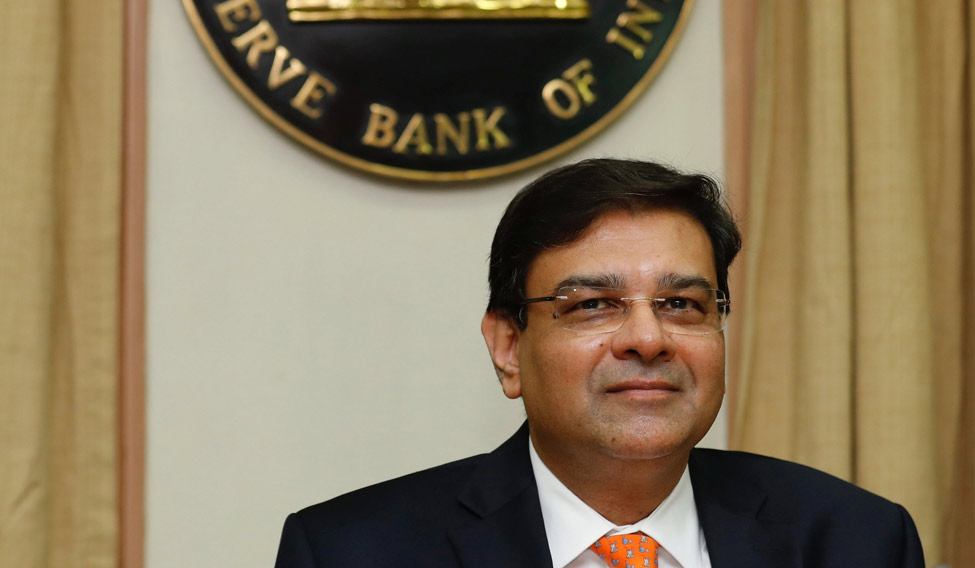The Reserve Bank of India (RBI) played safe in its first bimonthly policy review this year on Wednesday. The RBI move comes in the wake of a steep fall in domestic equities, grotesque volatility in global asset markets and an impending hike in next month's US Federal Open Market Committee. It also aims to keep a vigilant watch on inflation and bond yield.
Though the bi-monthly monetary policy committee meeting looks to be a non-event, it helps to map the RBI's mind about the next few months of monetary path. The RBI played a bold gamble by ignoring domestic risks and external challenges. Its rate path looked decoupled from the Fed which is poised for a faster rate tightening.
The central bank's words are mild hawkish but actions look dovish. It said inflation will be above target around 5.1-5.6 per cent in the first half but may cool down in the second half to 4.3-4.6 per cent. It chose to disregard key variables like abundant liquidity, the government's plan to boost MSP of select farm commodities, and fiscal stimulus in the form of fiscal slippage. RBI also ignored commodity bull market, especially oil and coal prices which rose 100-200 per cent in the last three years. In a global perspective, commodity inflation is rising for several months now and wage inflation is also on rise.
India cannot escape from this double whammy.
Last Friday, the US non-farm job data showed wage growth at 2 per cent—its fastest increase since 2009. IG Metall, the largest labor union in Germany, has signed a pact for workers' pay hike. It will boost some wage inflation in Germany and may leading to similar pay hike pact elsewhere in Europe. German inflation was last reported at 3.2 per cent in December, and is already above the ECB target. It may soon touch 3.5 per cent considering wage and commodity inflation. Global PMIs (manufacturing activity) is on an expansionary mode, which indicates that the pricing power is robust.
US Bond yield jumps 35 per cent since September, 2017
In light of the above variables, RBI's forecast on inflation to remain subdued in the second half looks unrealistic. In its forecast outlook, the RBI has taken two primary assumptions. One, crude oil and commodity prices will cool down due to increased production. Two, a normal monsoon and efficiency in farm prices management would keep inflation under control. Another assumption is, effect of pay commission would fade away by then.
While choosing a balanced path, we think that the RBI took a chance to ignore global monetary and fiscal cycle. The US is in a mode for faster rate hikes. Fed balance sheet is too big and as a part of normalisation, securities will be bought back, which will indeed absorb liquidity.
Economic growth in Europe is also resilient and tail-end risk is now upside. ECB is also exploring exit, i.e., to reduce bond holding as a part of normalisation. Bond rot and headline inflation does indicate that inflation is no more a benign genie.
The RBI assured to remain accommodating. Surplus liquidity is here to stay. If crude oil and other commodity prices gain correction from the current lofty heights, sweet-spot conditions, low inflation and strong growth may be achieved. However, there are several wild cards. Hike in import duties, reintroduction of long-term capital gains may impact saving and investment decisions. Fiscal consolidation also shows deterioration. The government achieved the fiscal deficit target of 3.5 per cent of GDP after cutting down capital expenditure by Rs 36,000 crore in 2017-18. Certainly not friendly for investment cycle revival.
In a nut shell, rising commodity prices, increased taxes, fiscal slippage and global monitory tightening may pose a risk of stagflation. Monsoon and falling crude oil holds the key.
(The author is CEO of Paradigm Commodity Advisors)





